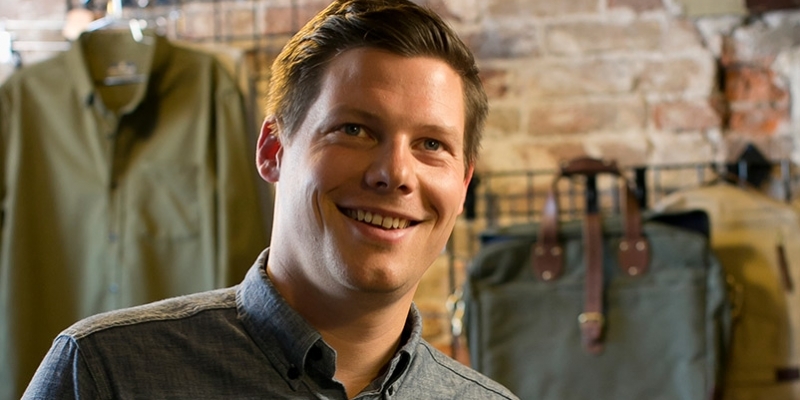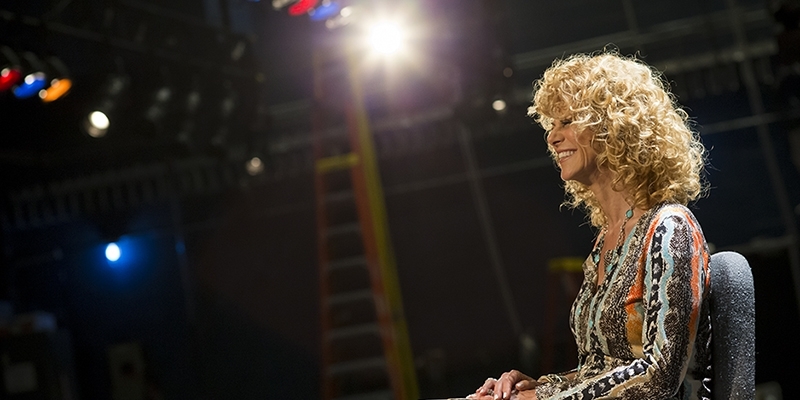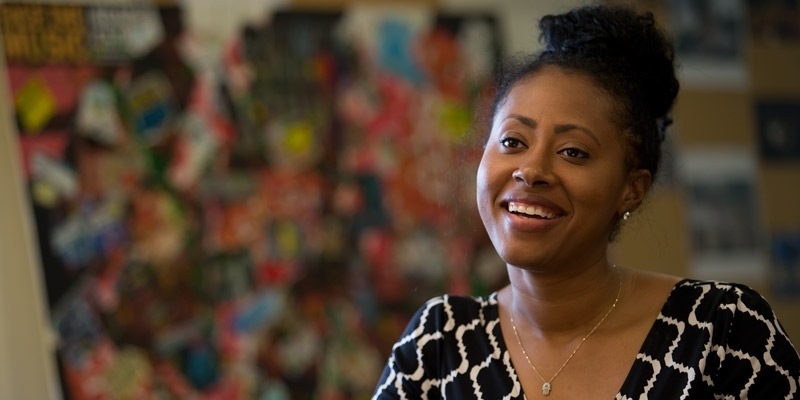A deeper dive
Marine biologist and associate professor Erik Cordes has played an important role in the years-long response to the 2010 oil spill in the Gulf of Mexico.
When the Deepwater Horizon oil rig exploded in the Gulf of Mexico in April 2010, it spit millions of barrels of crude oil into the ocean in what would become the worst spill in U.S. history. Few people possessed the background to know what effect the disaster would have on life so far down in the water.
Erik Cordes was someone who did.
Within months of the spill, Cordes—a marine biologist and associate professor at Temple who has worked in the Gulf since 2001—and his university lab crew were en route to investigate the impact on the coral communities. They had spent years in the area, examining the largely uncharted part of the Earth known as the deep sea—the frigid area devoid of light that in some places begins about 600 feet down.
“When we were within 10 or 11 miles of the Deepwater Horizon, we found the first site—these corals were literally covered in oil,” Cordes remembers of his return to the Gulf after the spill, which was part of a federal natural resource damage assessment. “It’s the kind of thing that slaps you in the face.”
What began then would be a years-long and ongoing commitment to document, understand and help restore the vital corals, some of which are hundreds of years old. Many will take decades to recover if they ever do, Cordes says.
The response effort is now “moving into restoration and what [we] can do to actually put them back together again” to ensure the corals continue their function of providing nutrients to other ocean life, Cordes says. His work with the government has also included helping to ensure that the $8 billion earmarked for restoration is used effectively.
Cordes’ research might have long-lasting implications that extend beyond the Gulf. Part of his lab’s work has focused on conducting experiments exposing corals to oil and to the dispersants, chemicals employed to break down the oil, used in a cleanup attempt. At the same concentrations, the lab found, the dispersants proved more toxic to the corals than the oil.
“We’ve learned a lot about what we can do in the event of another one of these instances,” Cordes notes.
The idea of knowing the previously unknown and seeing the unseen is what has always attracted Cordes to marine biology and to the deep sea in particular.
It was what mesmerized him in the second grade, when he completed a science project by going out on a boat in a bayou in Mississippi with his grandfather and using a dragnet to collect shrimp, squid and other animals that he’d preserve in mason jars and identify on a diagram showing their relationships. It’s what keeps him climbing into underwater vehicles that are “tight and cramped and cold” but evoke the “most amazing feeling” as they plunge into the darkness.
And it’s what energizes his work on campus, where he’s preparing the next wave of marine biologists by giving students opportunities to get their hands dirty, in his lab and at sea.
“Working with these samples, with these animals, with the data—I think it makes [the work] more relatable,” Cordes says. “It’s much more powerful when students realize they’re the scientists; they’re the ones who can do this.”
In a world without Temple, our ability to understand and protect the deep sea might remain out of reach.


